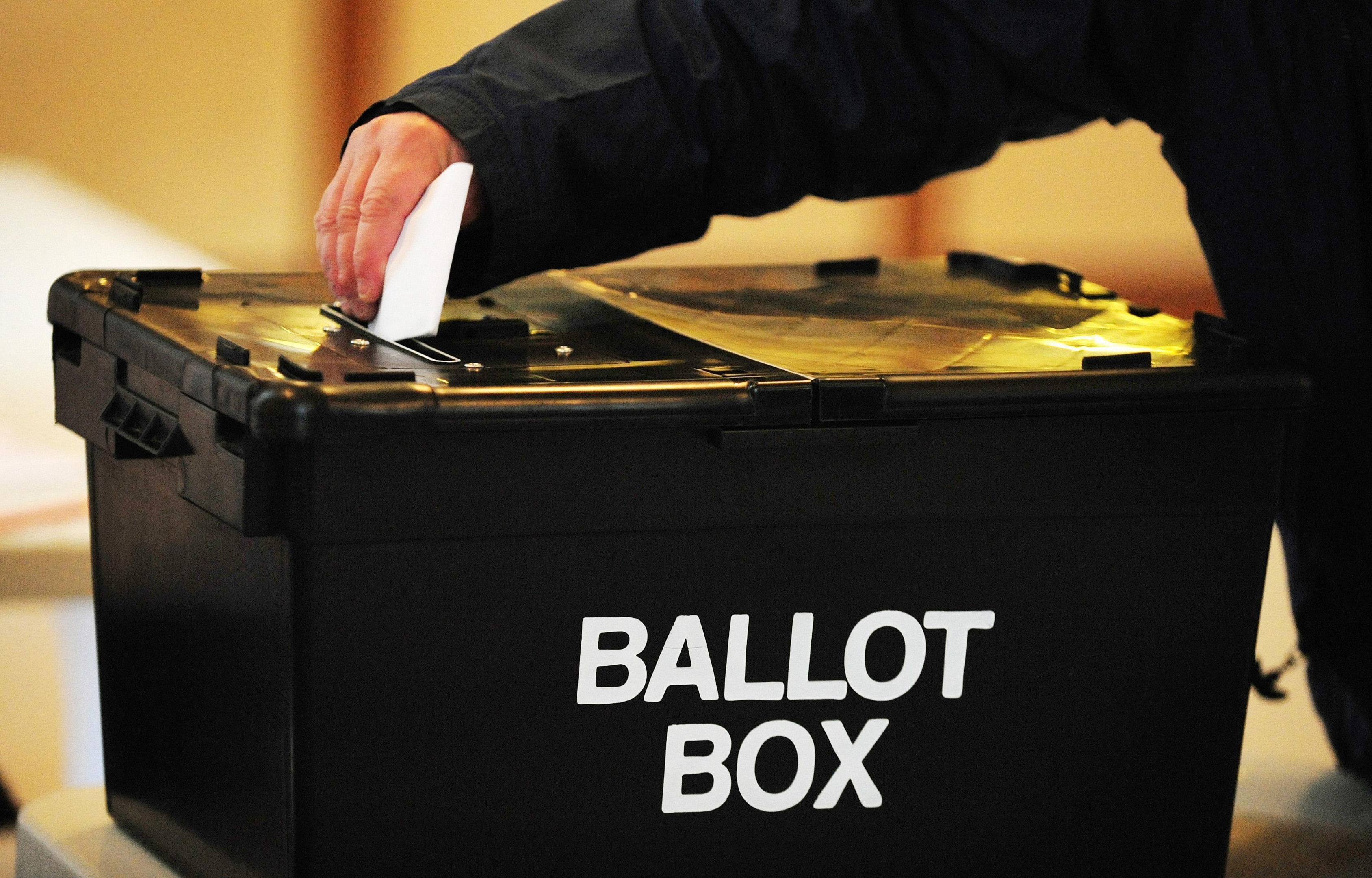At 10pm on May 7 2015, an exit poll sent political shockwaves across the United Kingdom.
This was mainly because, despite the plentiful predictions of a hung parliament, it was the first clear sign that the Conservatives were going to cruise to general election victory.
Catching the eye in Scotland, however, was the number of seats predicted for the SNP.
Even their top strategists didn’t believe they would get anywhere close to the predicted 58 MPs flashing on the evening news bulletins.
They were correct – but only just. The SNP returned 56 of Scotland’s 59 MPs in a whitewash of historic proportions.
Labour, once so dominant north of the border, were down to just one representative.
David Mundell gave the Prime Minister an easy decision about who should be the next Scottish secretary as the Conservatives, the majority government, also returned a single MP.
The Liberal Democrats made up the numbers with their solitary politician in the Commons.
Has anything happened in following the 23 months that suggest this could change?
The relative electoral resurgence of the Tories is the obvious switch to look out for.
In an election that is bound to be about independence as much as it is Brexit here, Ruth Davidson’s party are likely to gain seats but the question is, where will that happen?
Cast your eyes to the Borders and the north-east, both fertile grounds in last May’s Holyrood elections.
The Liberal Democrats are also eyeing up gains, looking to profit on Labour’s inability to look like an effective opposition in the House of Commons and its seeming ambivalence on Brexit.
Will that make any difference in Scotland?
A pro-EU and pro-UK party could conceivably pick up some votes, perhaps enough to sneak an extra seat – or two if they are lucky – but they are unlikely to manage more than that.
Labour, meanwhile, will probably retain their one MP, Edinburgh South’s Ian Murray.
Senior sources in the party are feigning confidence they might increase that number.
They may be correct, but it seems far-fetched, given most of the electorate regard them as either toxic or irrelevant.
What then for the SNP?
Their number of MPs seems likely to fall but do not mistake that for any kind of collapse.
If the SNP had returned anything approaching 50 MPs two years ago, it would have been regarded a triumph. It will do just that in eight weeks.
